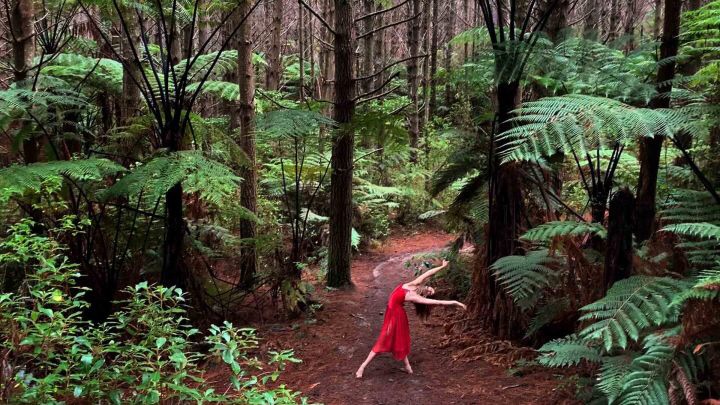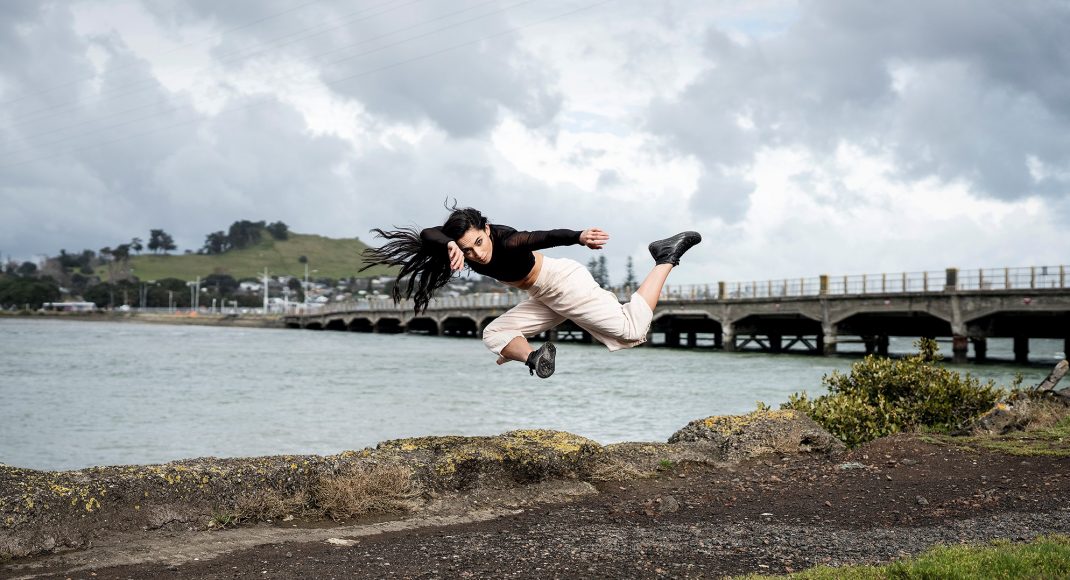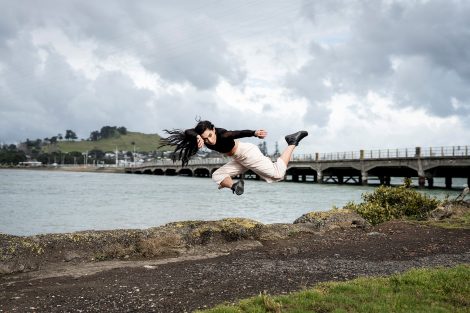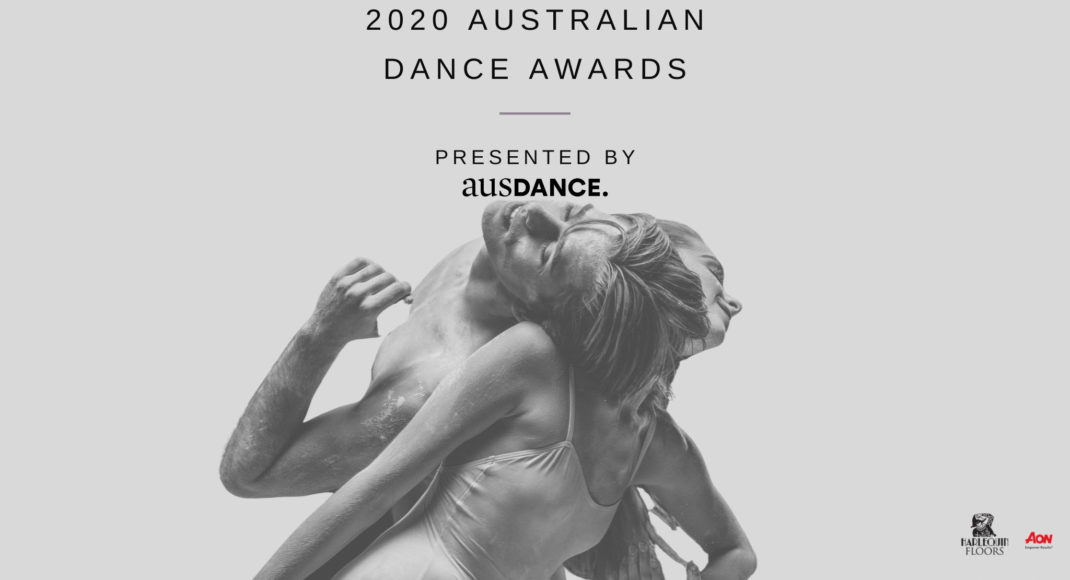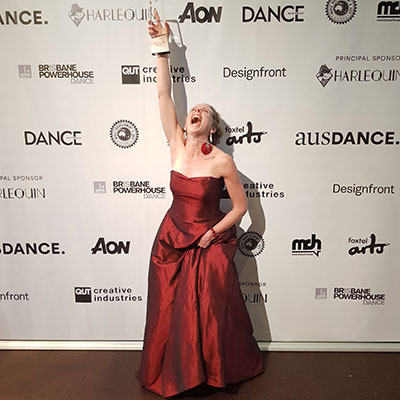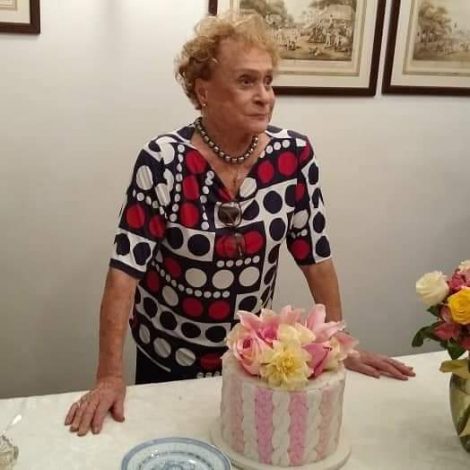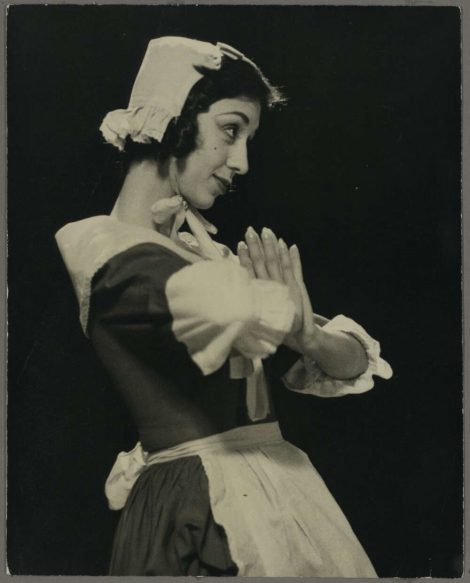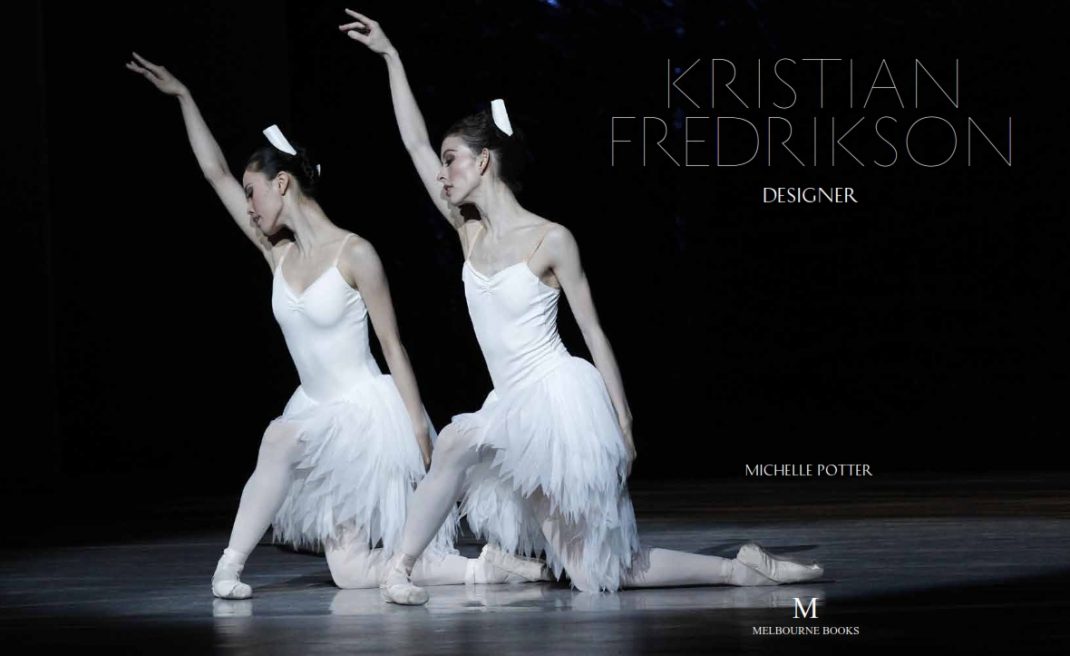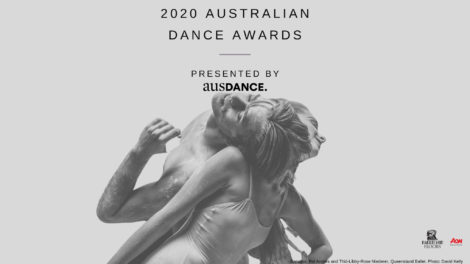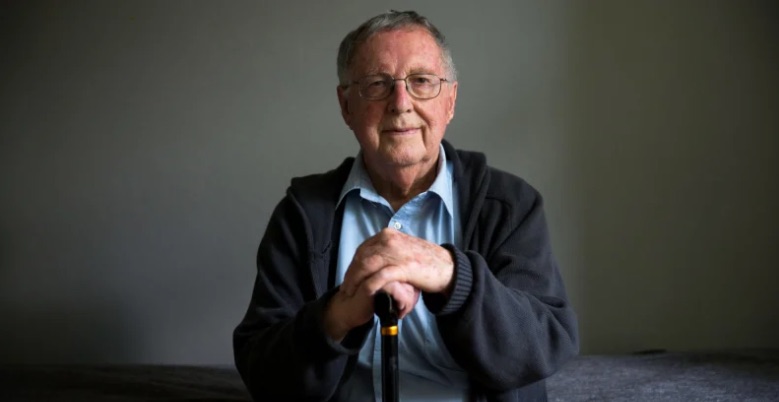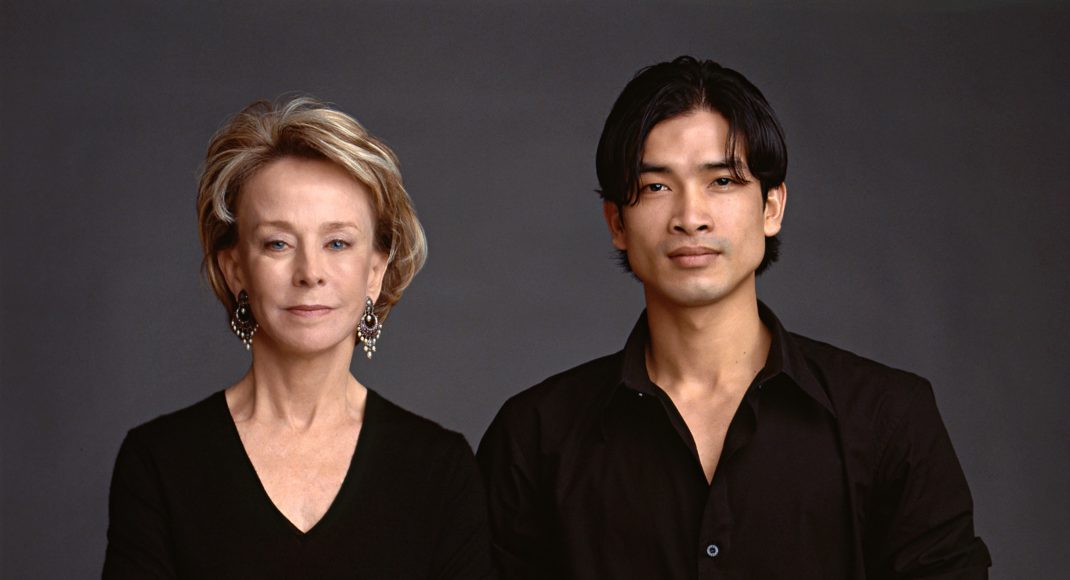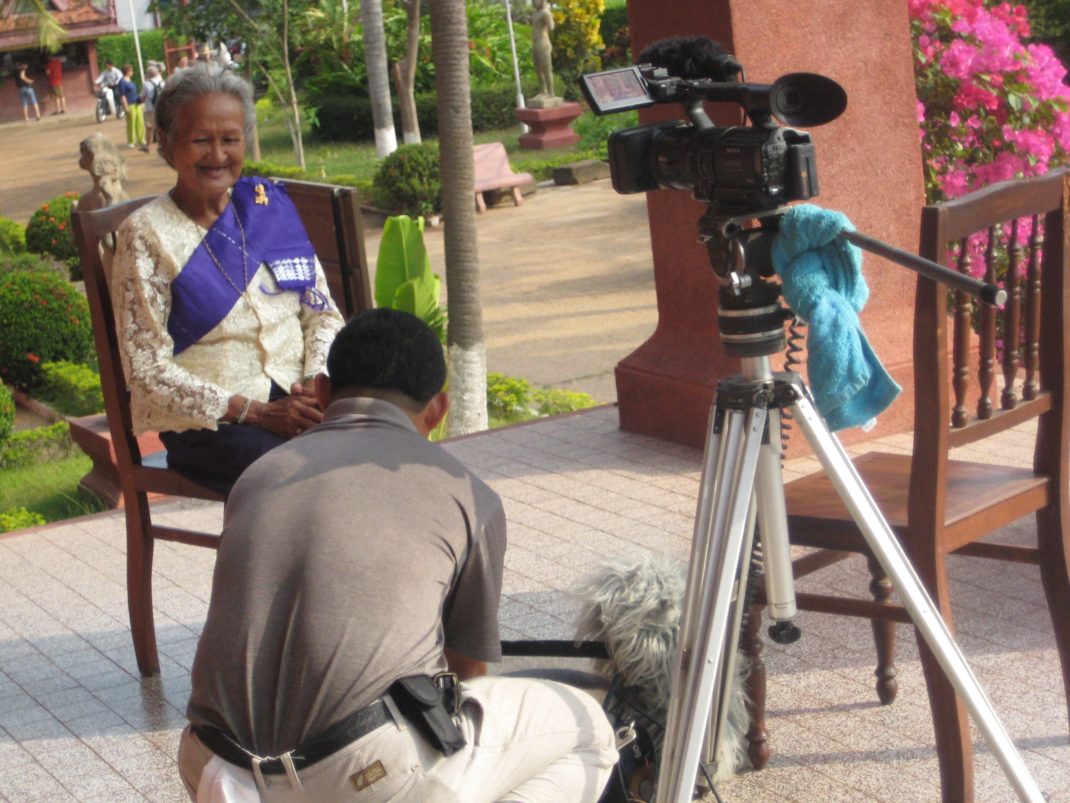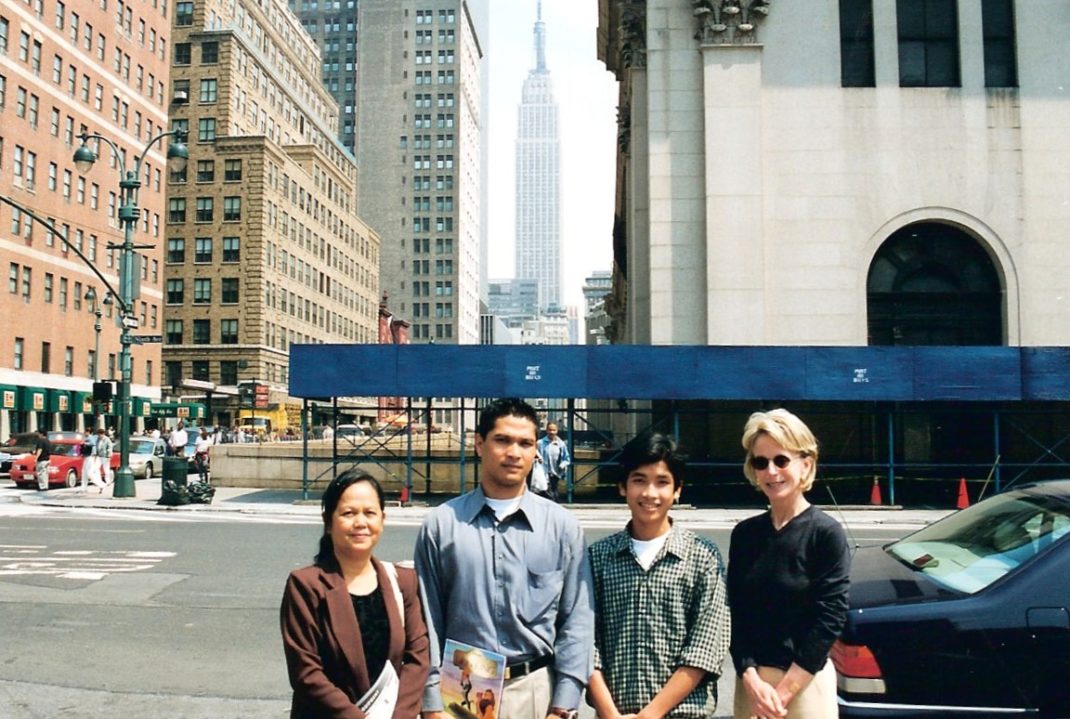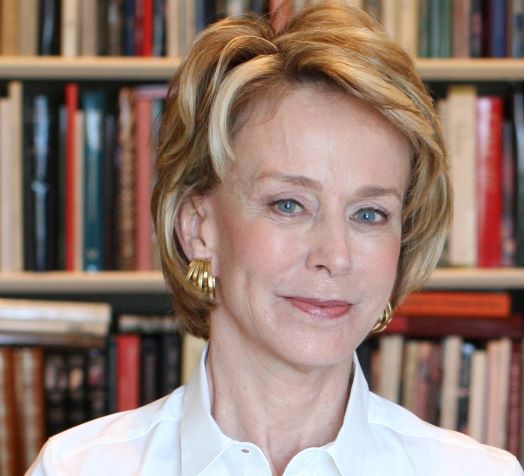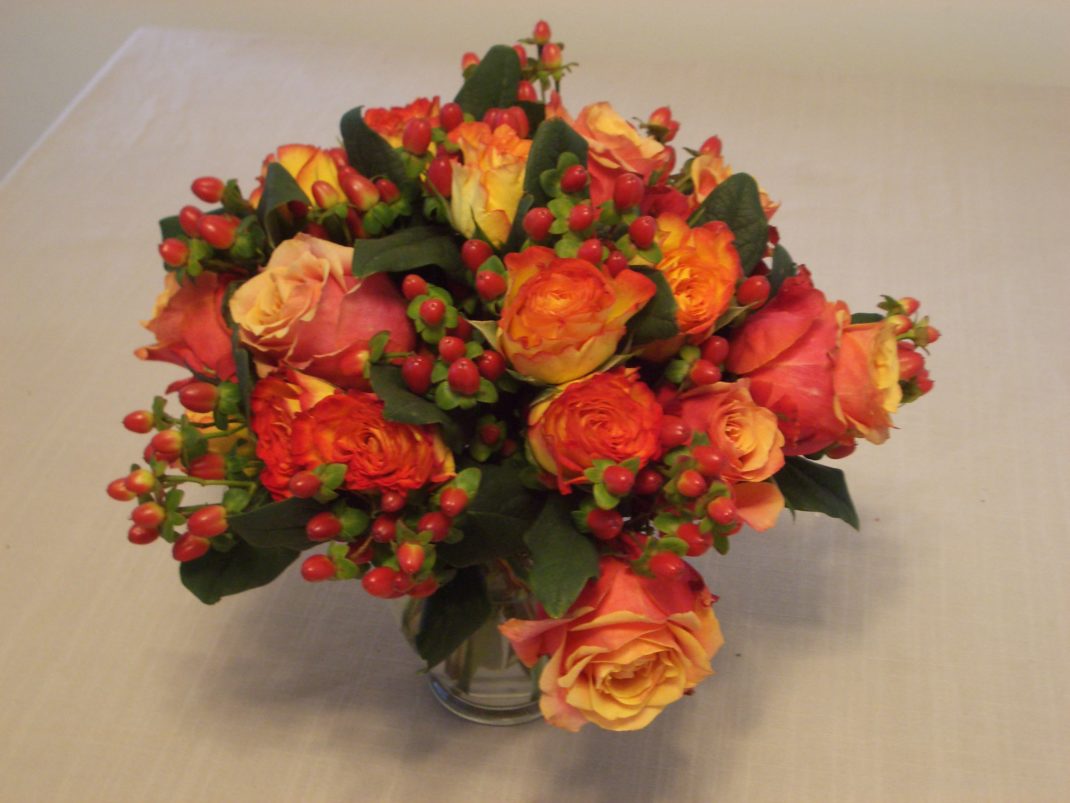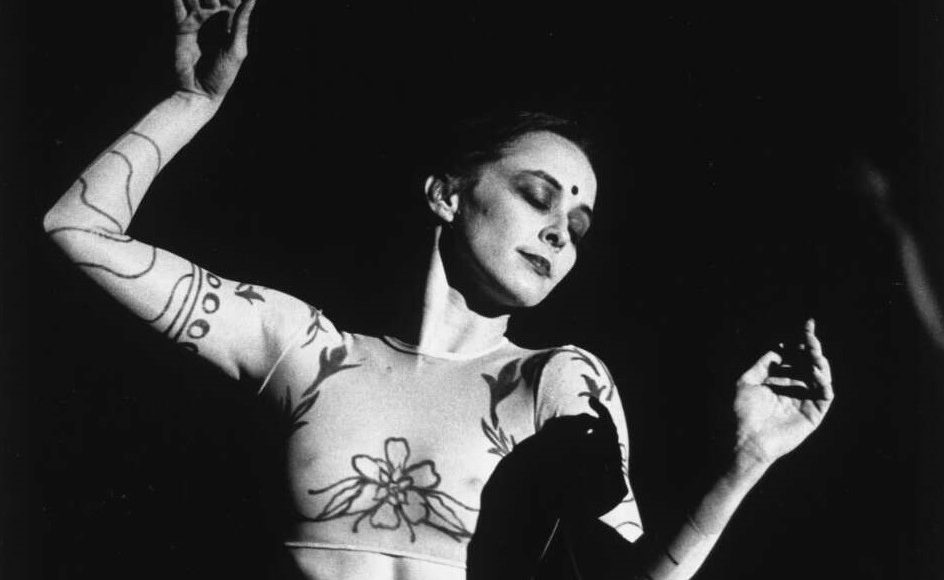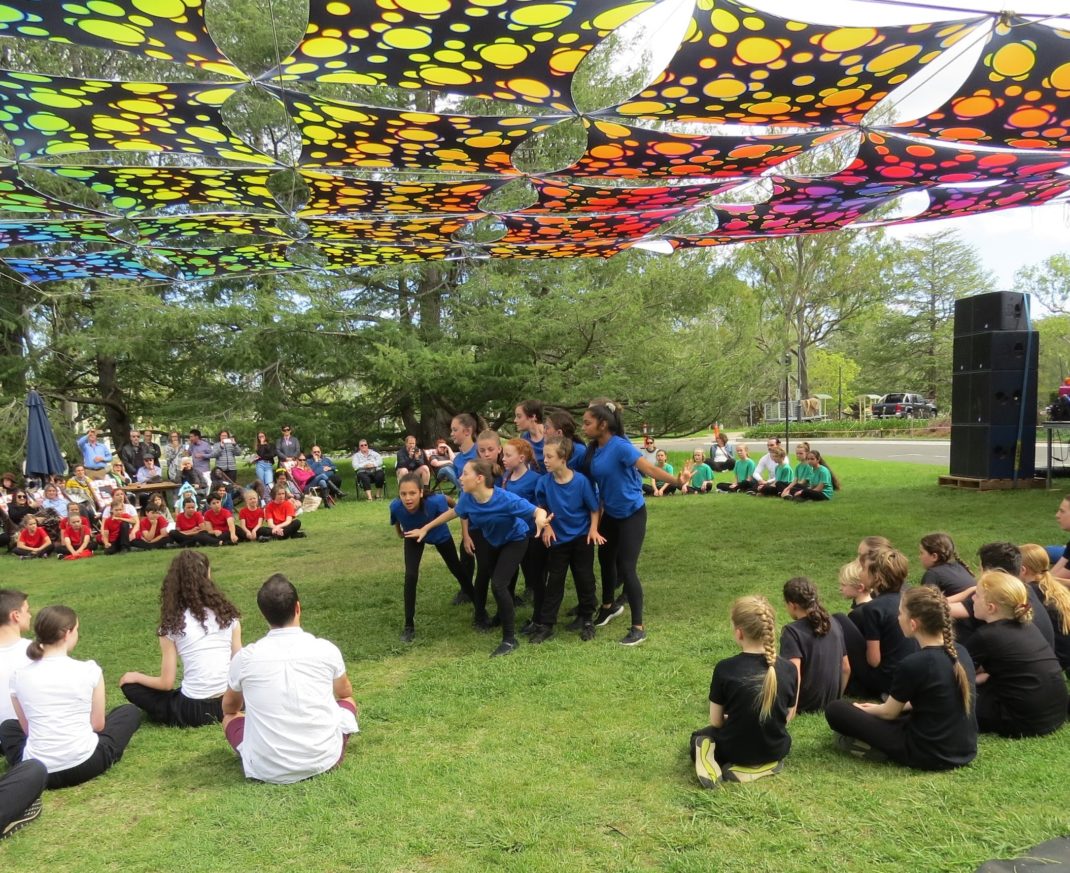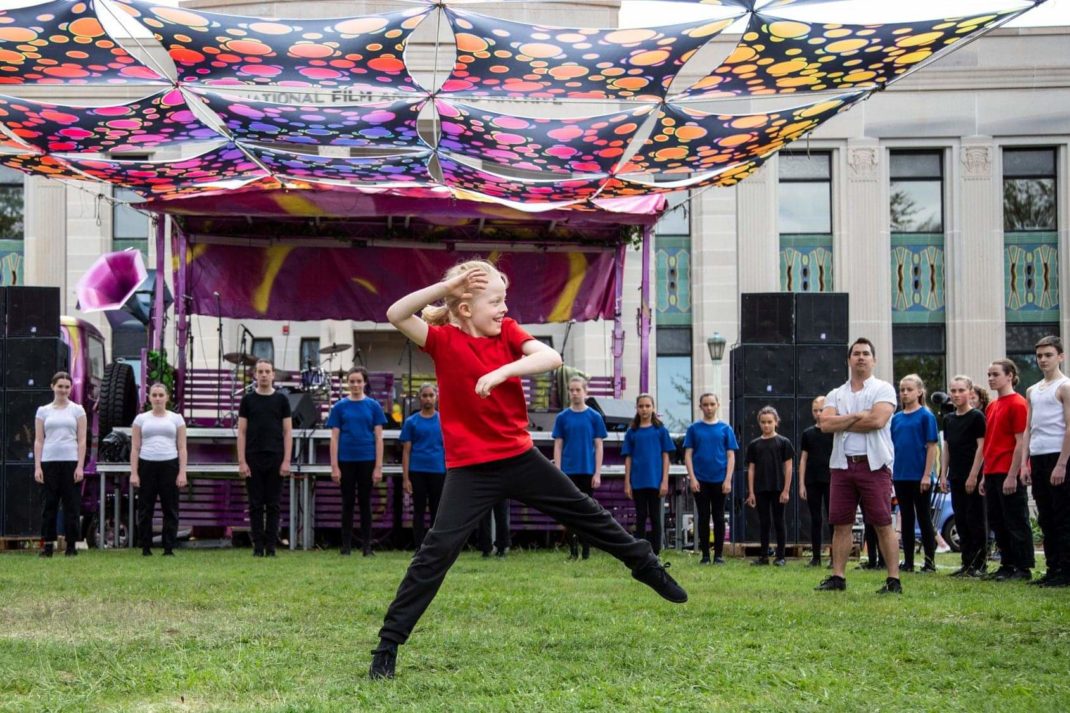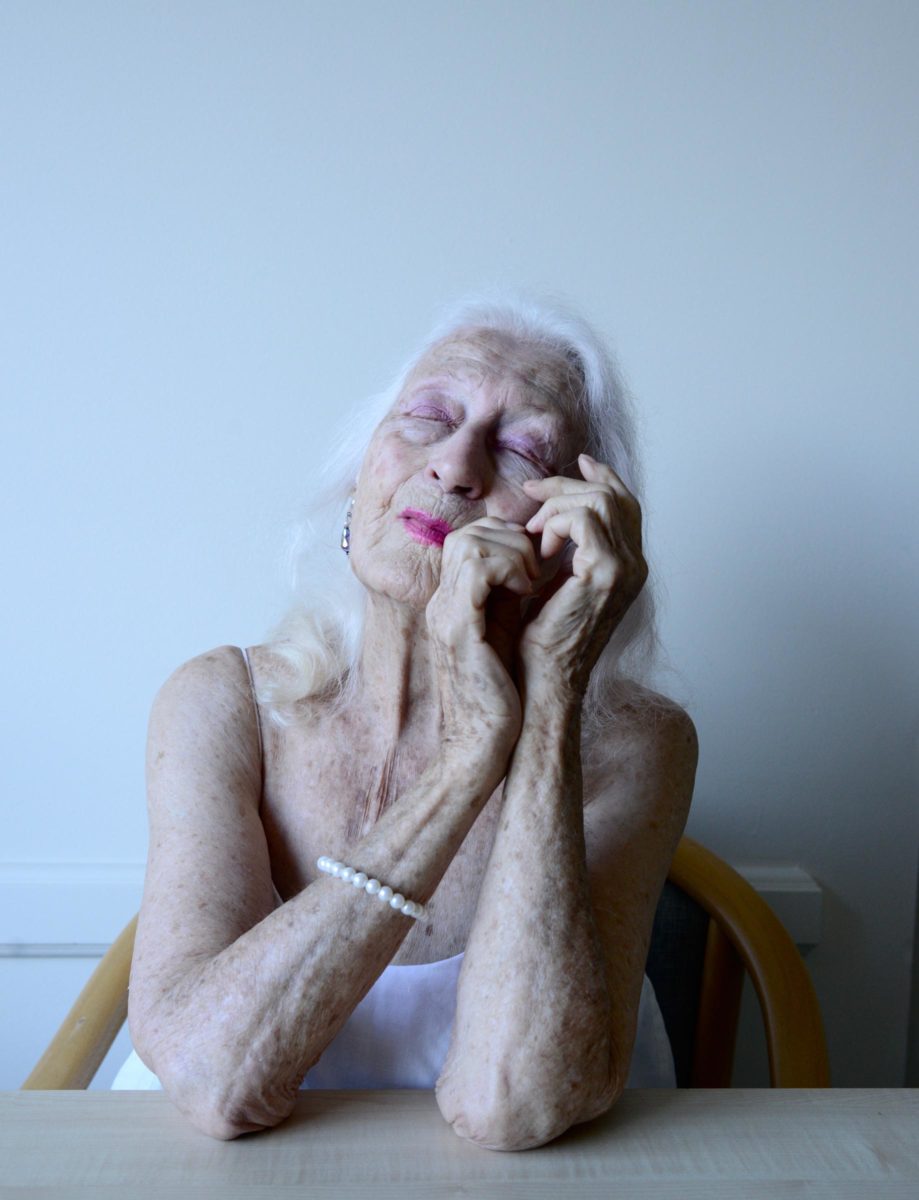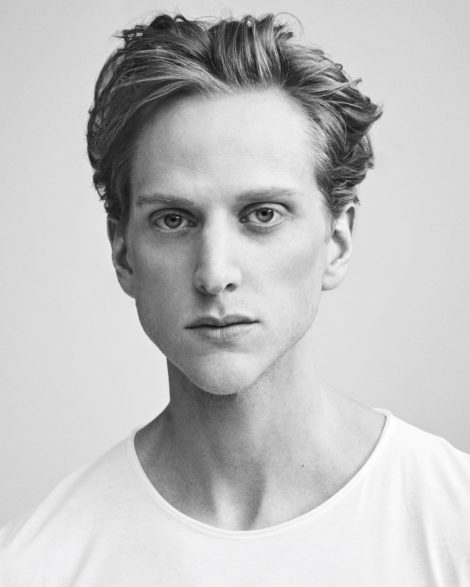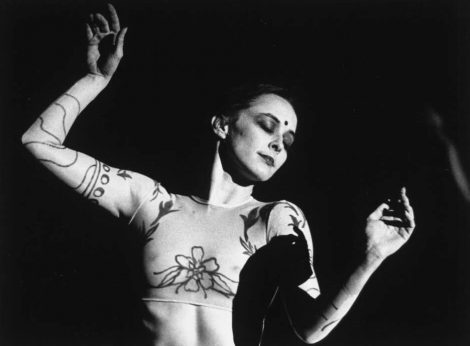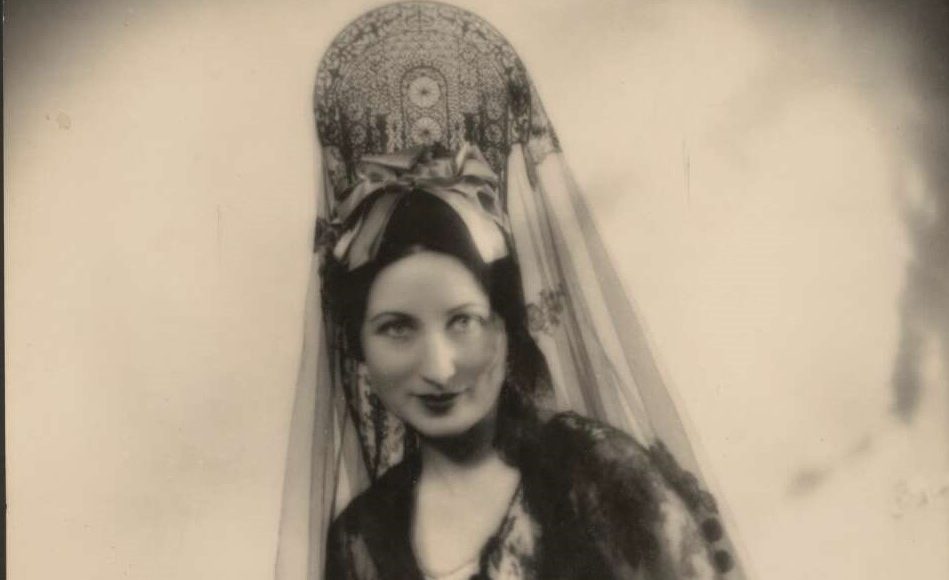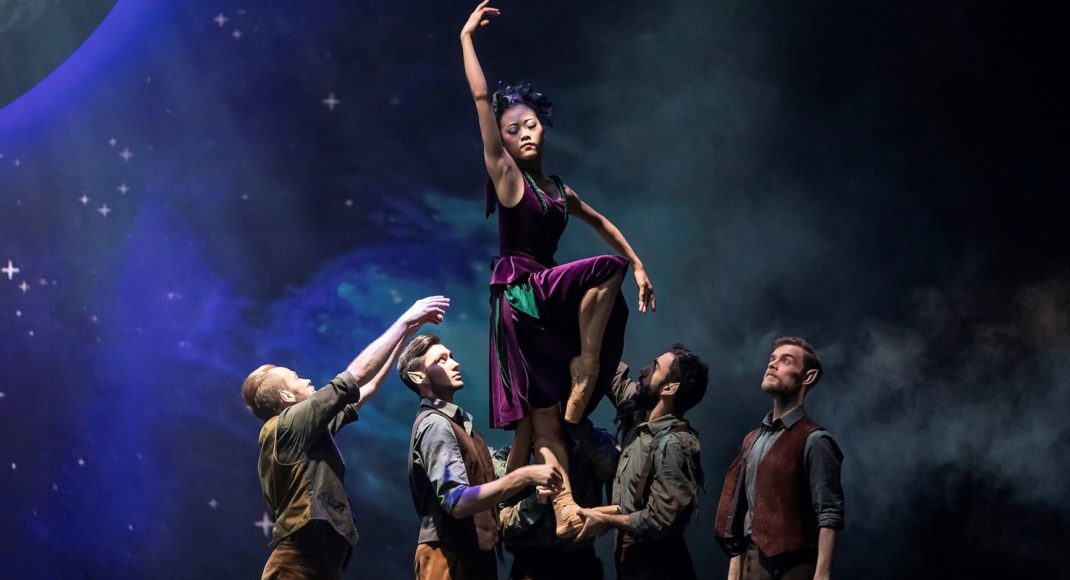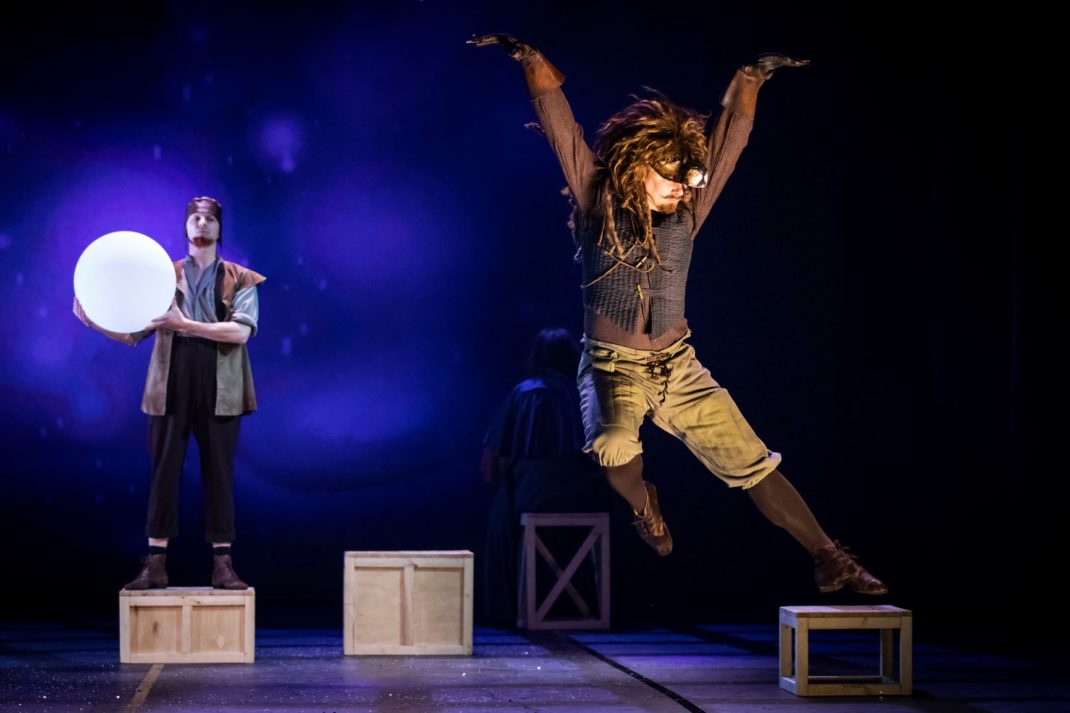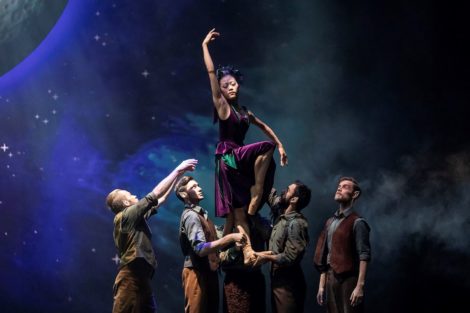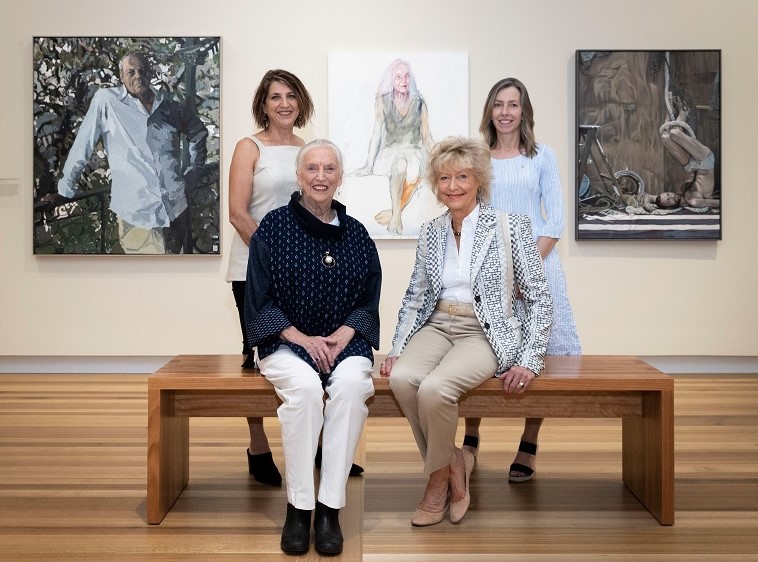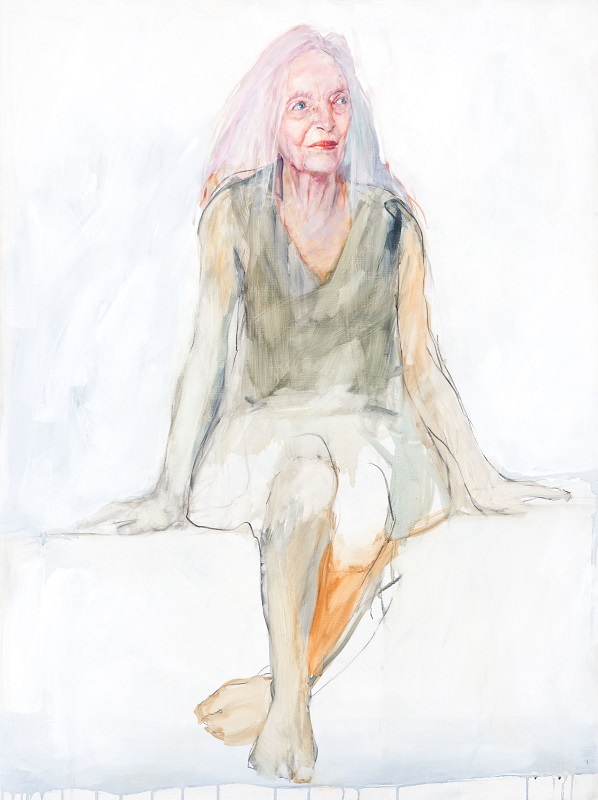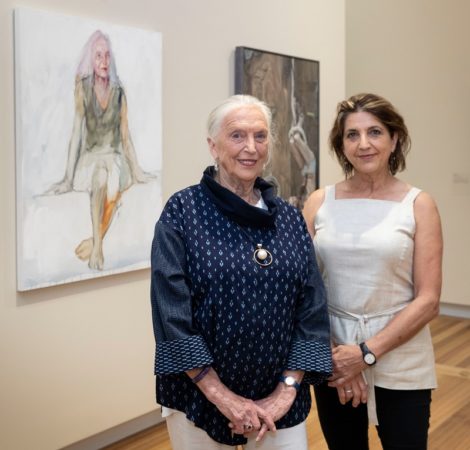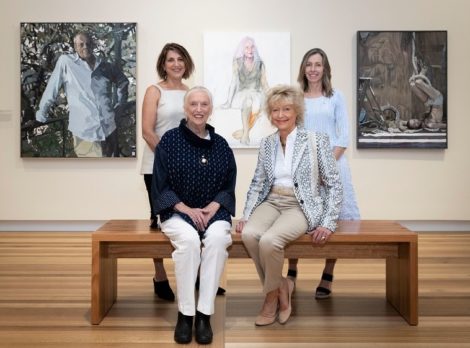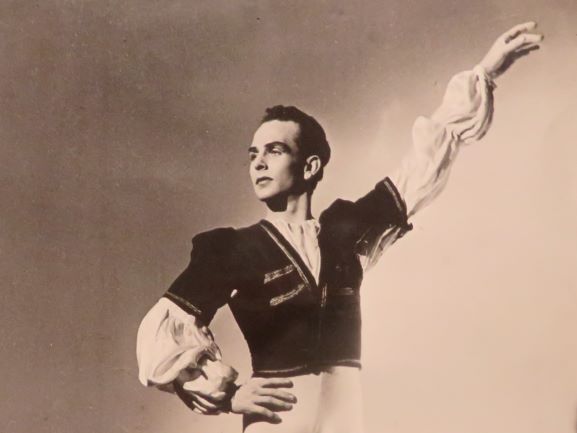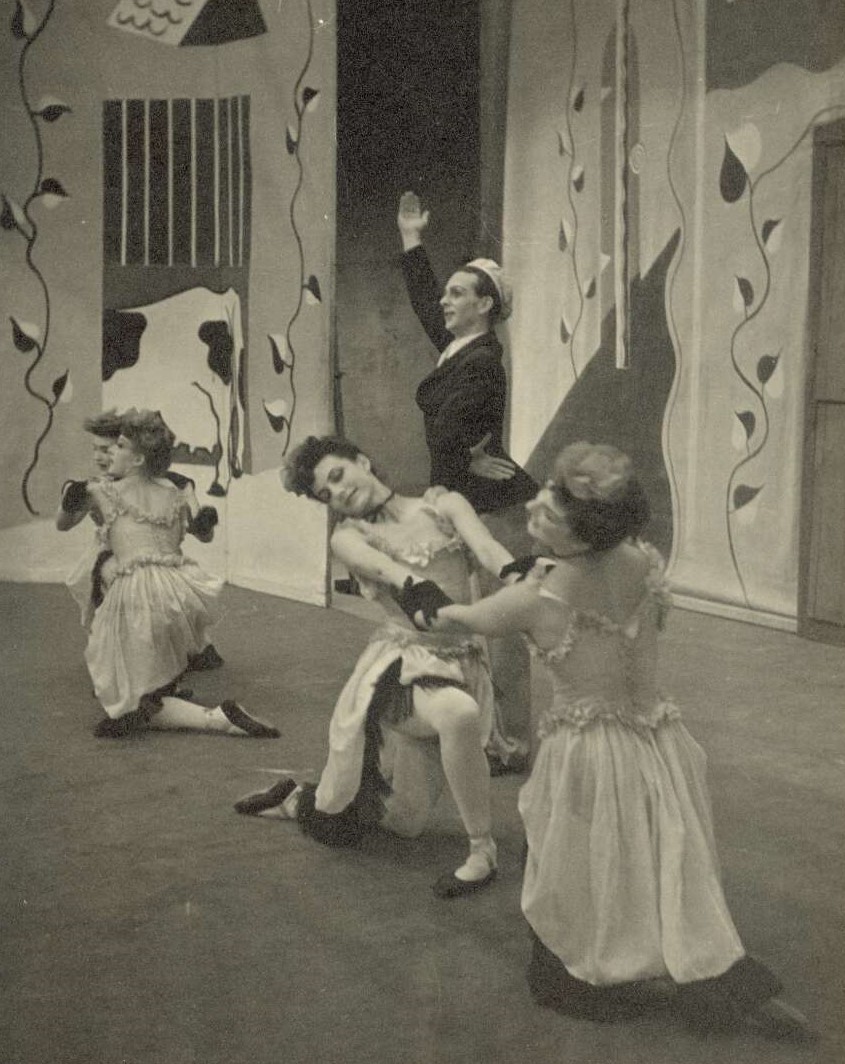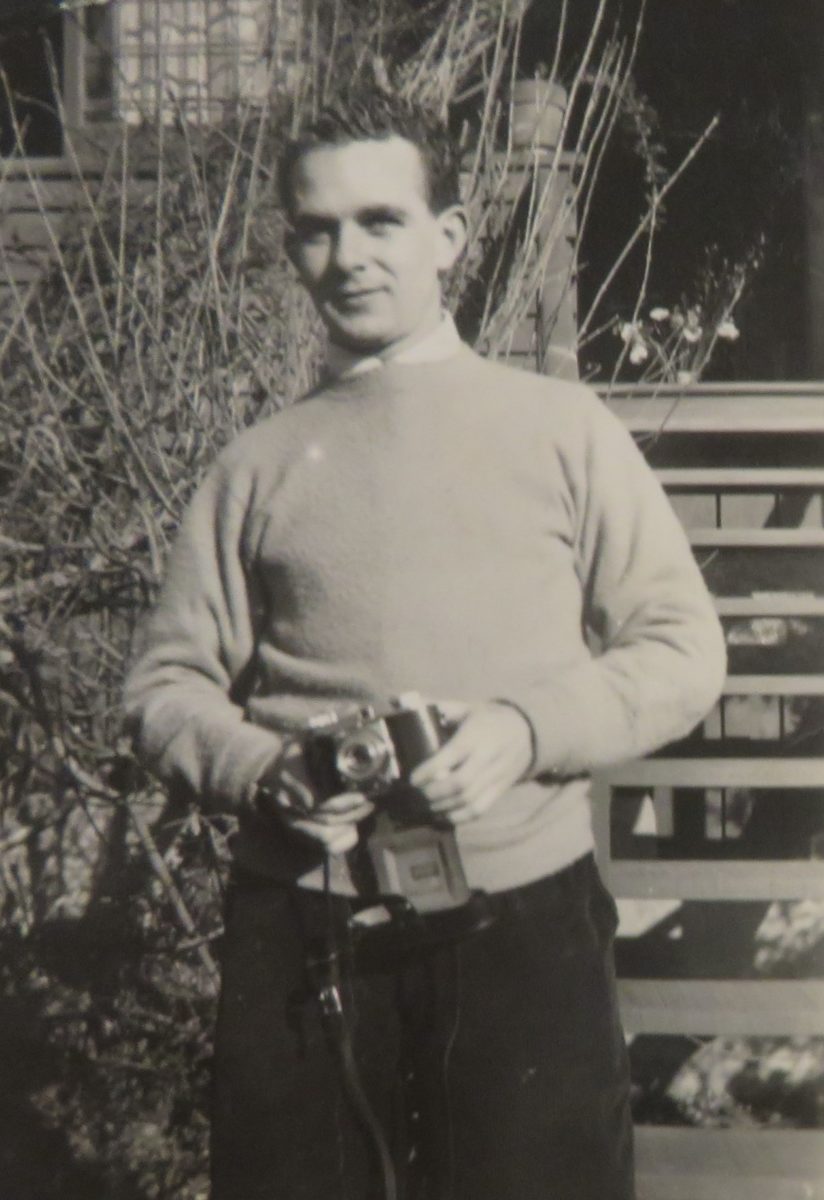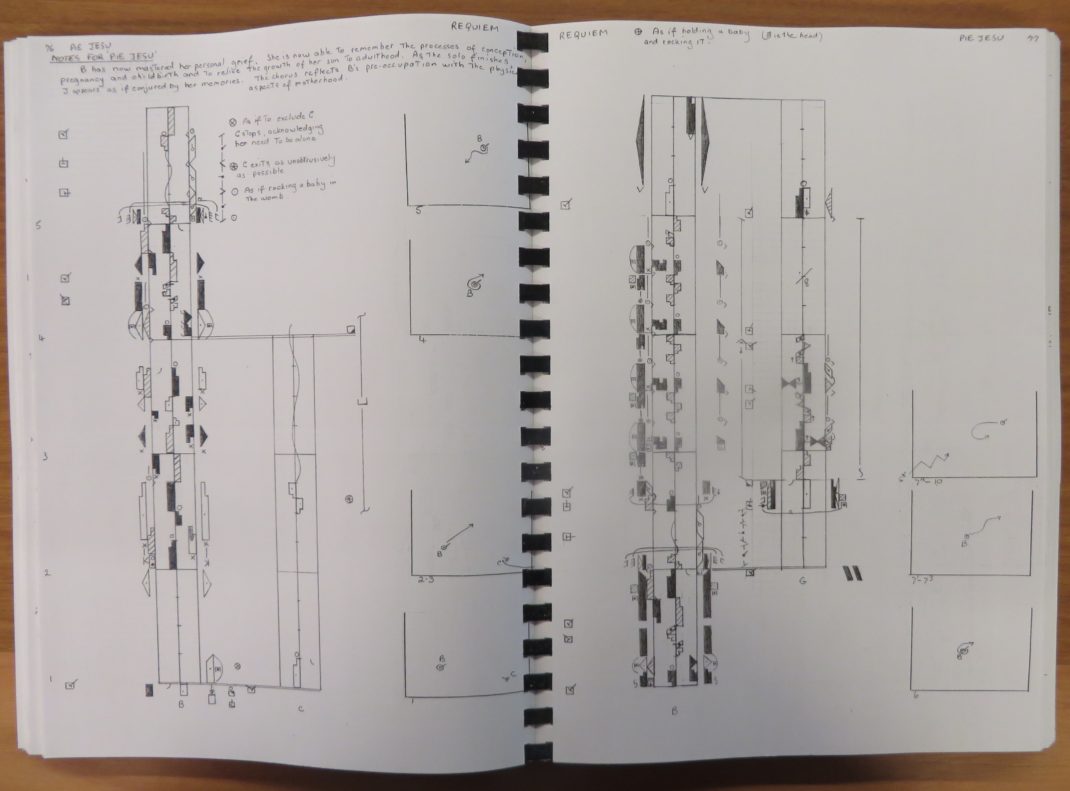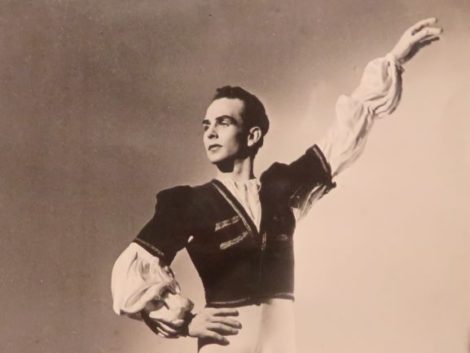Art must prevail
In something of a pioneering move, Queensland Ballet has set up a project called 60 dancers: 60 stories to manage the COVID-19 situation. It is in part a fund raising move and a field requesting donations is present at various stages—and why not? The arts have been badly hit in more ways than one and 60 dancers: 60 stories is Queensland Ballet’s pledge to its dancers and other personnel to keep working as hard as possible to keep everyone employed for as long as possible—’to keep the magic alive’.
But the project also has a strong creative underpinning. In the company’s 60th year, Queensland Ballet has asked its 60 dancers to choreograph and film a short dance work (most are between 2 and 3 minutes) to screen to audiences. Each day in the month of June, two of these creations are being released via the company’s website. Week one has just finished and the variety, in terms of choreography, approach to the theme of love, filming techniques, use of music, pretty much everything, has been astonishing. ‘Art must prevail’ is part of the introductory text. And so it must, and does with this project.
I have truly enjoyed watching every one of the 14 works screened in the first week, although one work really stood out for me—Libby-Rose Niederer’s Arohanui. Niederer is a New Zealander by birth and initial training and joined Queensland Ballet in 2017 as a Jette Parker Young Artist. She is currently a Company Artist. In her introductory text to Arohanui she writes:
Aroha is Maori for ‘love’ and Arohanui loosely translates to ‘big love’ meaning beyond that for a person or community. This word describes how I feel towards nature, especially the wild beauty of my homeland Aotearoa. It reminds me to live life in gratefulness and with amazement for the natural world which brings me love and joy.
Arohanui takes place outdoors (as you might expect from Niederehr’s comments)—in a beautiful fern-filled forest, which you can see in the featured image to this post; on an isolated beach; in the entrance/exit to a large rock-cave; and amazingly on a stony stretch between land and water. Niederer’s performance is magic from the moment we see her unfold her leg to the side while using the trunk of a tree as a barre. Her body just flows along with the Puccini music she has chosen and every step is filled with joy and beauty.
I also enjoyed the camera work in Prelude danced by Lucy Green and Sam Packer to music composed and played by Peter Wilson. There were some lovely camera angles and fade-in/fade-out moments.
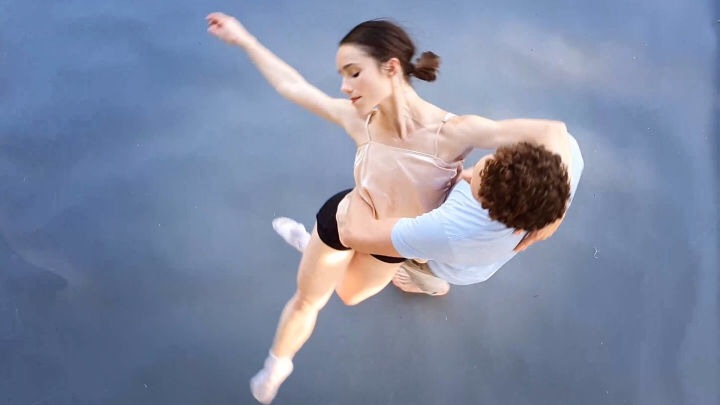
Then there was a sophisticated piece, Caricias, from Yanela Piñera and Camilo Ramos and a rather jaunty work, En-counter, from Kohei Iwamoto and Isabella Swietlicki. But these are simply my preferences and I take nothing away from the artists of Queensland Ballet who have given so much.
If you log in to the website to watch, don’t miss the quite fascinating item I love to turn, which is inspired by Li Cunxin’s pirouette coaching classes. It begins with a dancer showing a very carefully prepared and executed single pirouette. Then follows a variety of turns, multiple turns, from several dancers finishing with Li demonstrating his ‘Unvingtuple’. But don’t switch off before you have read the concluding credits.
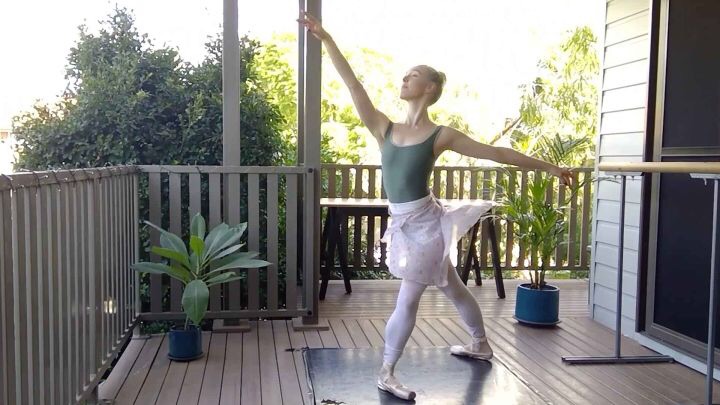
I’m looking forward to next week’s surprises. The link to ‘60 dancers: 60 stories’ is here.
Michelle Potter, 7 June 2020
Featured image: Libby-Rose Niederer in a moment from Arohanui
